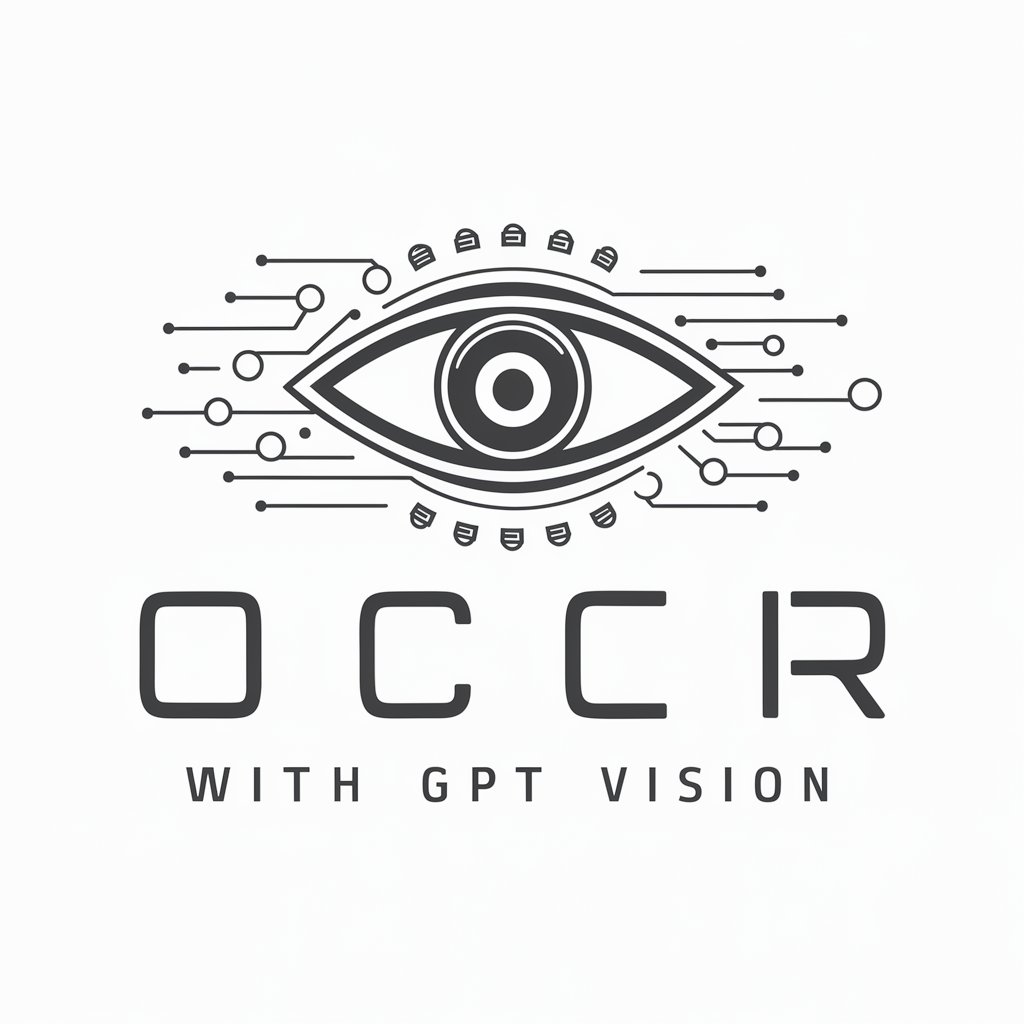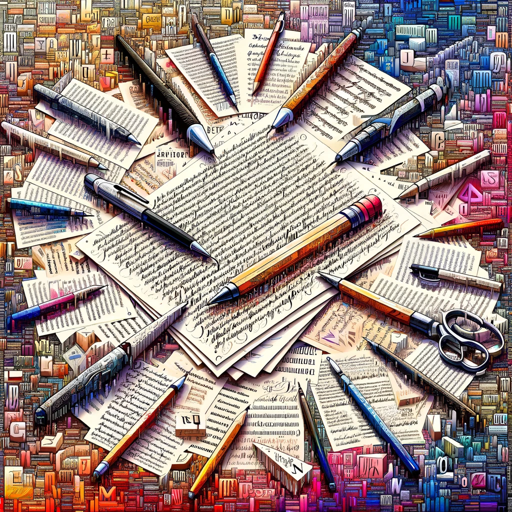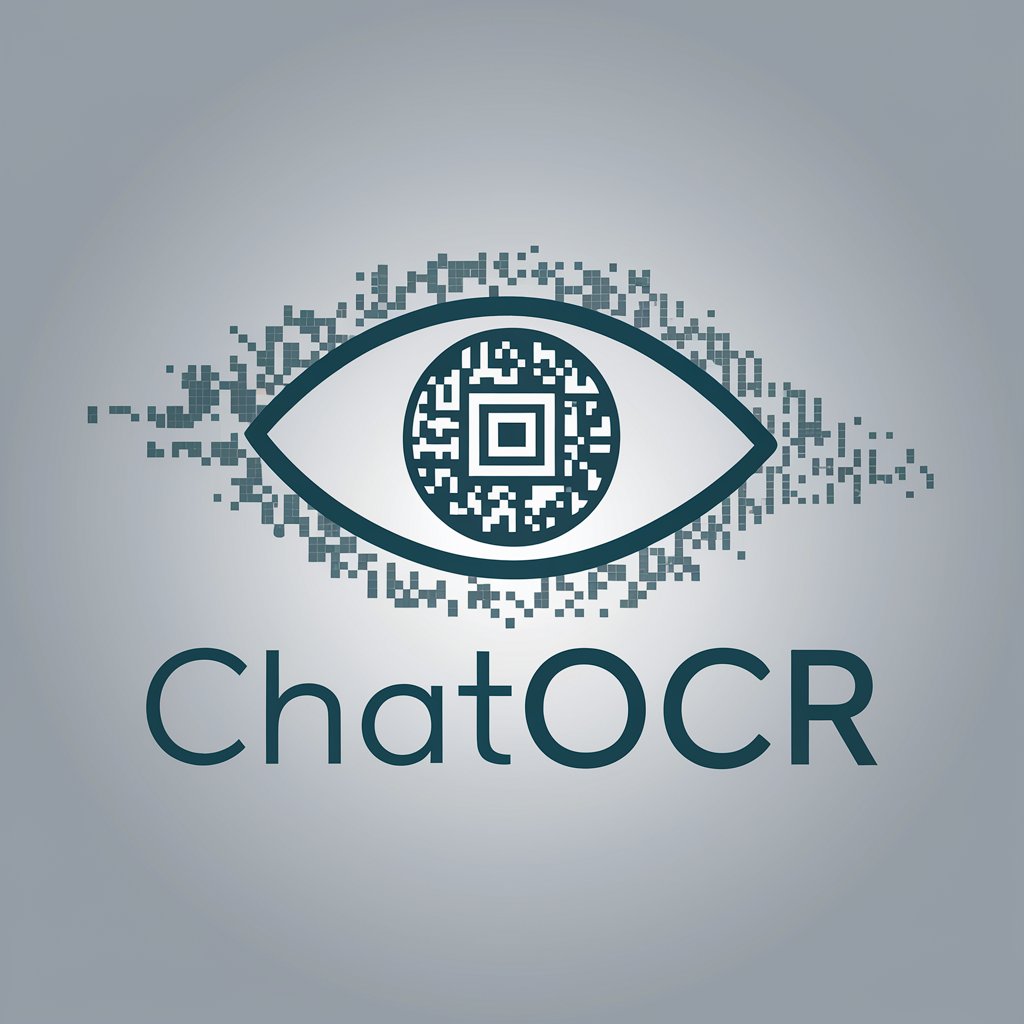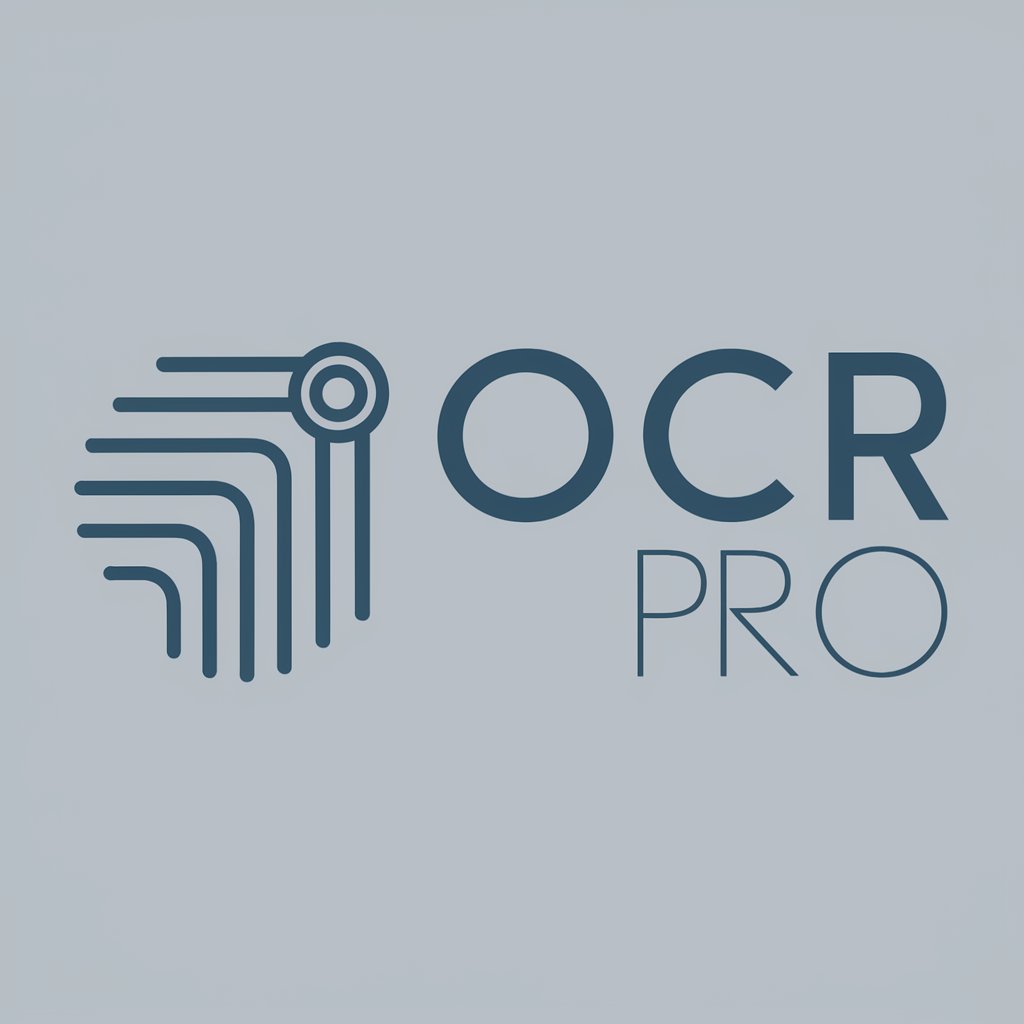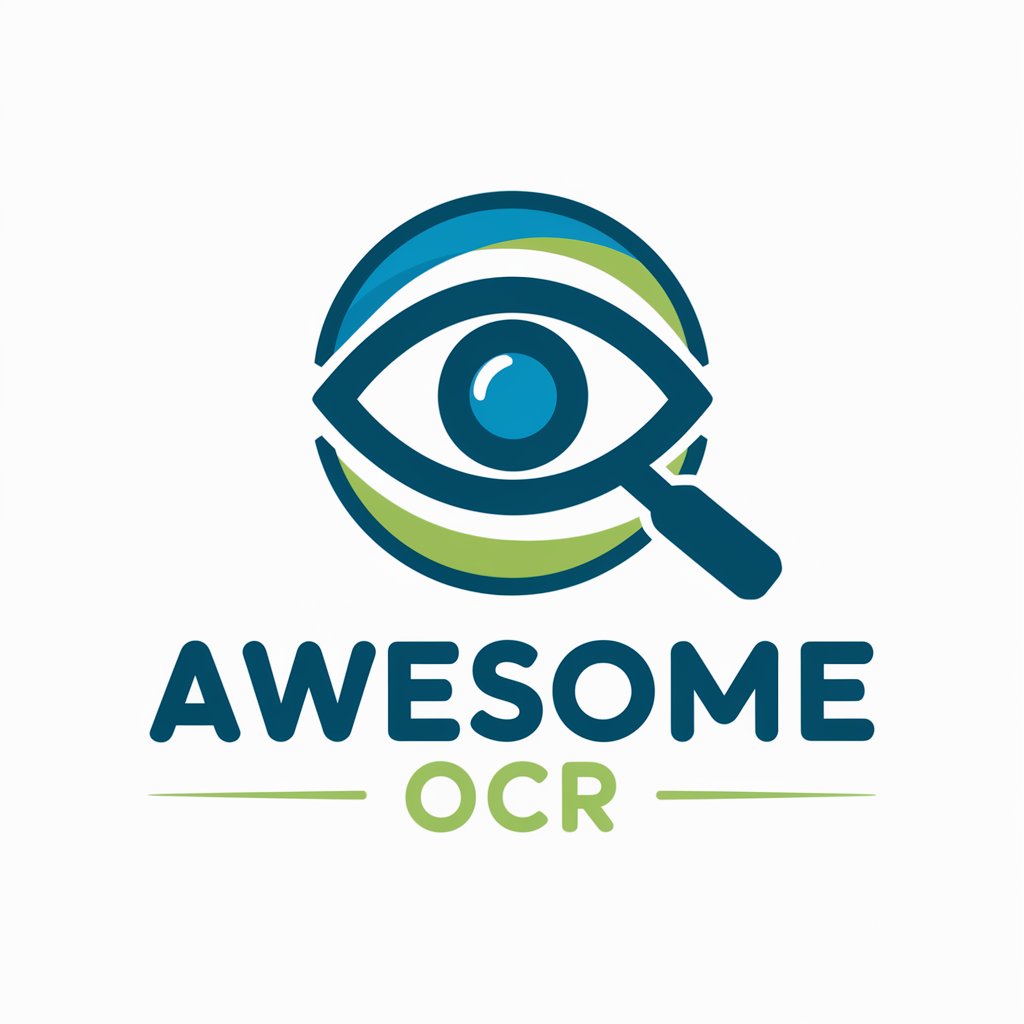
Persistent Music Research with Enhanced OCR - OCR and Music Analysis
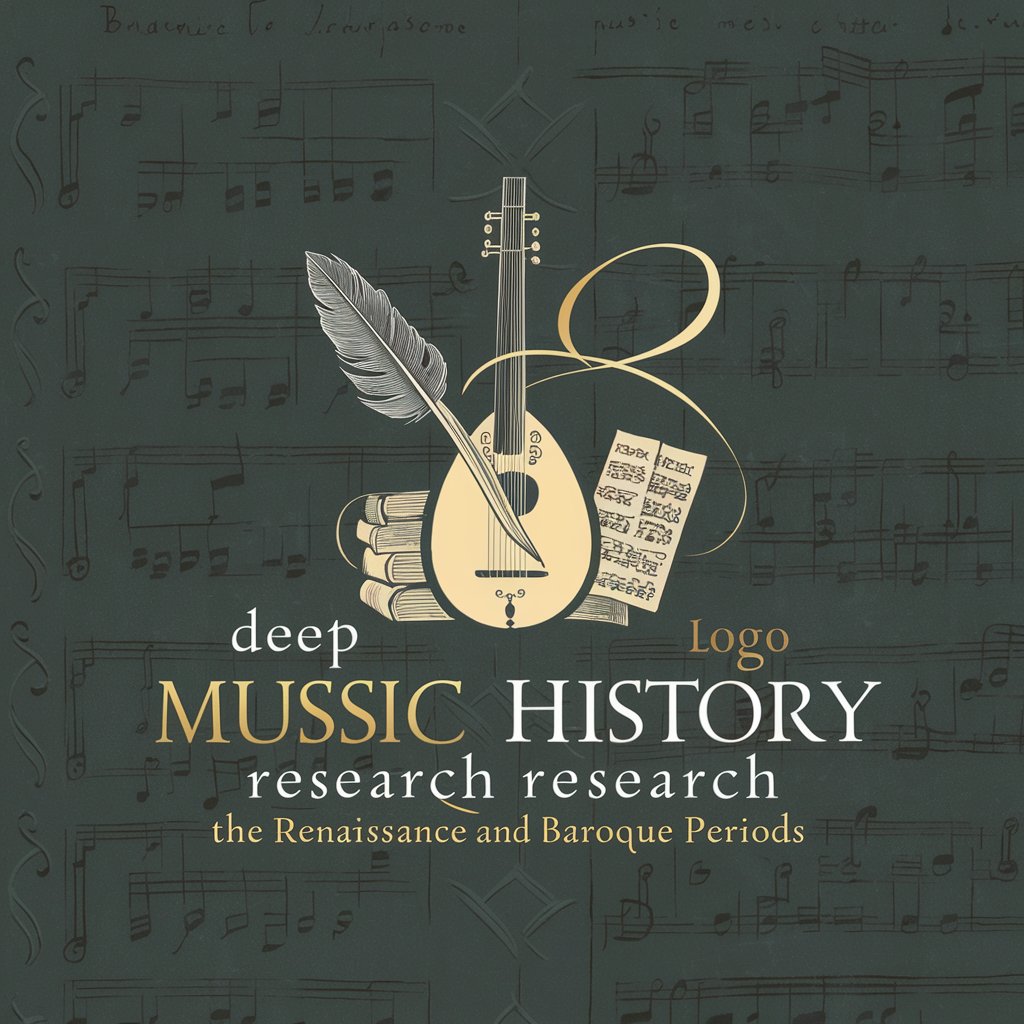
Welcome! Let's dive deep into the rich history of Renaissance and Baroque music.
Digitize, Analyze, and Audify Music History
Explore the influence of the lute in Renaissance music by examining...
Analyze the transition from Renaissance to Baroque music, focusing on...
Investigate the role of notation in Baroque compositions by studying...
Discuss the historical significance of specific instruments in early music, such as...
Get Embed Code
Introduction to Persistent Music Research with Enhanced OCR
Persistent Music Research with Enhanced OCR is a specialized GPT designed to offer in-depth insights into the fields of music history, particularly focusing on the Renaissance and Baroque periods, and instruments such as the lute. It integrates advanced Optical Character Recognition (OCR) capabilities, enabling it to process and analyze text from old prints and handwritten documents, an essential feature for studying historical music scores and manuscripts. Enhanced OCR, including support for German texts (via the 'deu' language parameter in Tesseract OCR), ensures accurate text extraction from sources that are often difficult to decipher. Furthermore, this GPT is equipped with the ability to preprocess images to enhance their quality for OCR, read and write MusicXML for music notation and analysis, and even play audio files to provide aural examples of discussed musical pieces. This comprehensive set of features is tailored to deepen the understanding of music history through scholarly research and analysis, offering an immersive educational experience. Powered by ChatGPT-4o。

Main Functions and Use Cases
Advanced OCR on Historical Documents
Example
Analyzing a Renaissance lute tablature manuscript to extract and interpret the musical notation.
Scenario
A musicologist researching lute music from the 16th century uses the OCR feature to convert scanned images of a manuscript into editable and analyzable text and music notation.
Audio Playback of Musical Pieces
Example
Playing a recording of John Dowland's 'Lachrimae' or a facsimile thereof to illustrate a point about its composition.
Scenario
During a lecture on Renaissance music, the educator utilizes the audio playback feature to offer students a direct listening experience of period pieces, enriching their understanding of stylistic characteristics.
Music Notation and Analysis via MusicXML
Example
Transcribing a Baroque violin sonata into MusicXML for detailed analysis and performance study.
Scenario
A performer studying Baroque violin techniques uses the MusicXML feature to transcribe and edit a sonata, allowing for a deeper analysis of its structure and playing techniques.
Target User Groups
Musicologists and Researchers
Individuals engaged in the scholarly study of music history, particularly those focusing on early music, who require tools to access and analyze primary source materials.
Educators and Students
Teachers and learners in musicology and historical music performance programs looking for immersive tools to facilitate both teaching and learning through direct interaction with historical scores and aural examples.
Performers of Early Music
Musicians specializing in the performance of Renaissance and Baroque music who seek to study and interpret historical scores and understand historical performance practices.

Guidelines for Using Persistent Music Research with Enhanced OCR
Start Your Journey
Visit yeschat.ai to explore Persistent Music Research with Enhanced OCR without the need for signing up or subscribing to premium plans.
Prepare Your Documents
Ensure your documents (PDFs, Word files, or images for OCR) are ready. For musical notation, have MusicXML files at hand. For audio analyses, gather your music files.
Engage with the Tool
Use the tool's capabilities to upload and analyze your documents, enhance images for better OCR results, and play audio files for musical analysis.
Explore Advanced Features
Leverage the OCR for text in German (using the 'deu' language parameter) and utilize MusicXML for in-depth music notation and analysis.
Seek Assistance
For complex queries or troubleshooting, consult the detailed help section or reach out for support.
Try other advanced and practical GPTs
STEAM Project Maker
Crafting Learning Through AI

Steam Punk Fantasy Architect
Craft Your Steam-Powered Fantasy
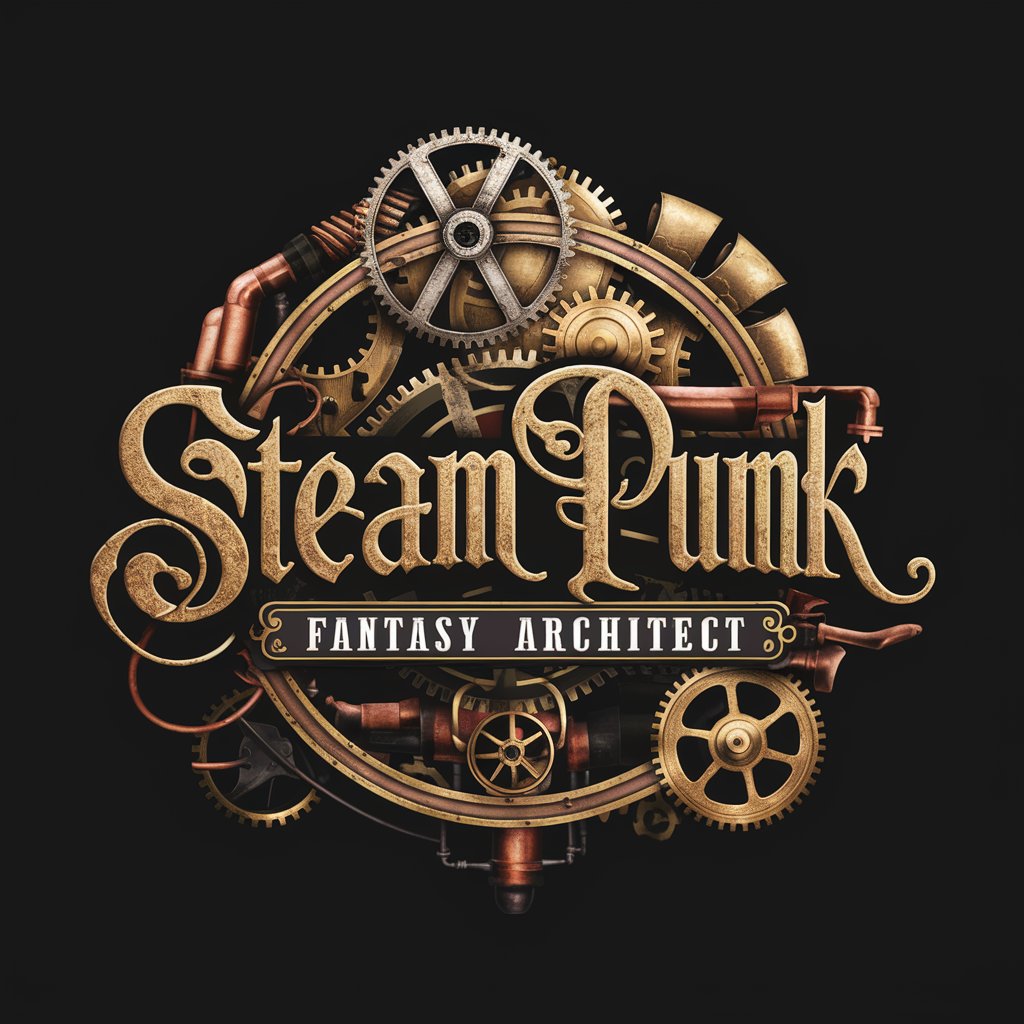
Steam Deck Buddy
Enhance Your Gaming with AI

STEAM Parental Guide
Empowering Parents in STEAM Education
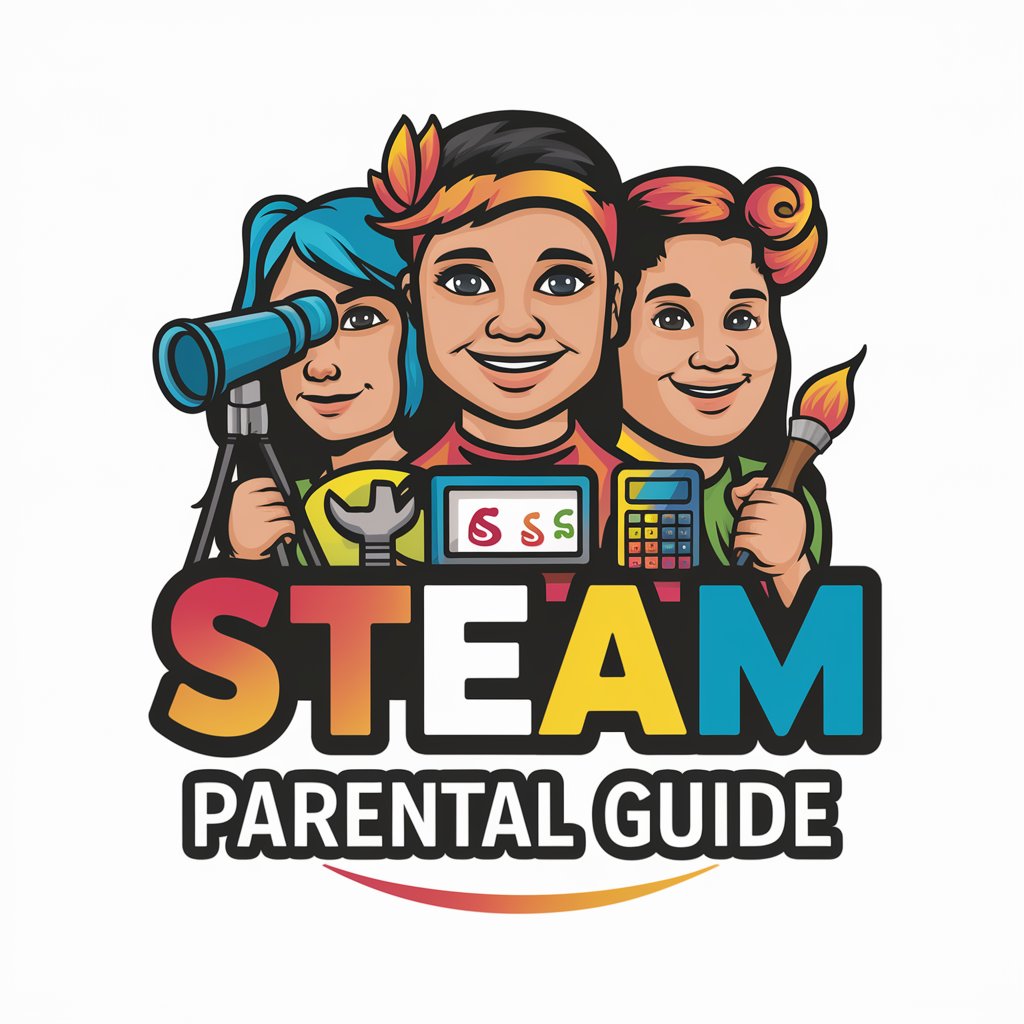
STED
Powering Thermal Efficiency with AI
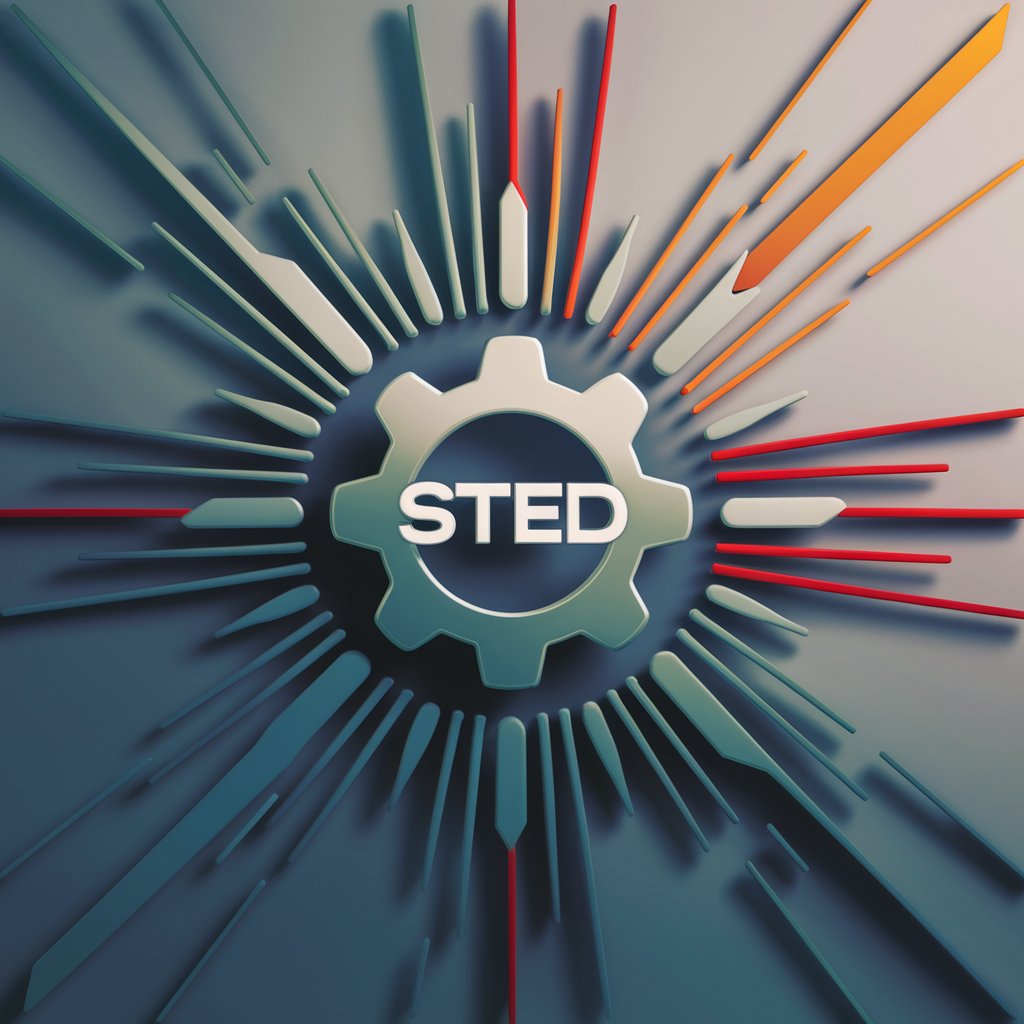
Data Insight
AI-driven insights, simplified for everyone

Mindful Mend
Empowering your mental wellness journey
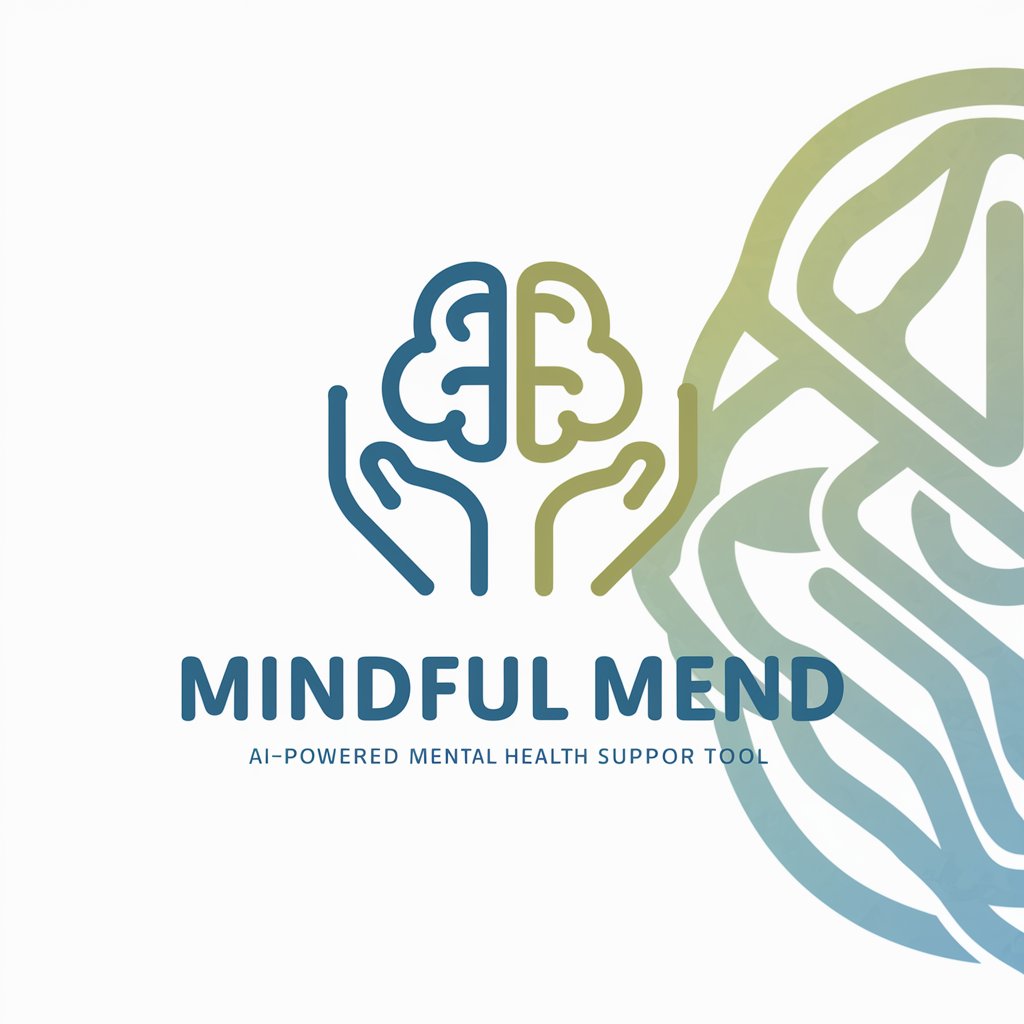
Requirements Maven
AI-powered Requirement Sorting and Prioritization

Mend-E
AI-powered household measurement assistant

Innoage
Empowering Innovation with AI
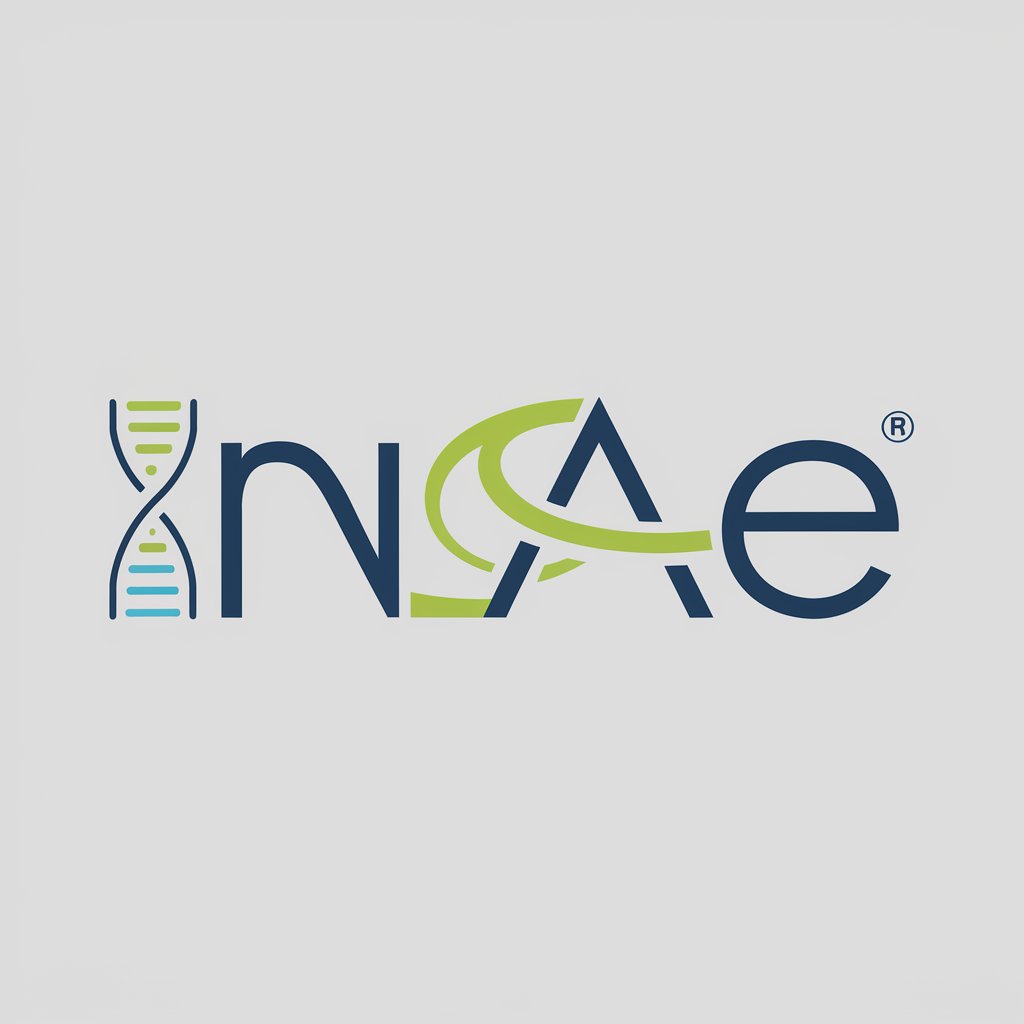
Astrological Awakenings
Unlock your astrological potential with AI
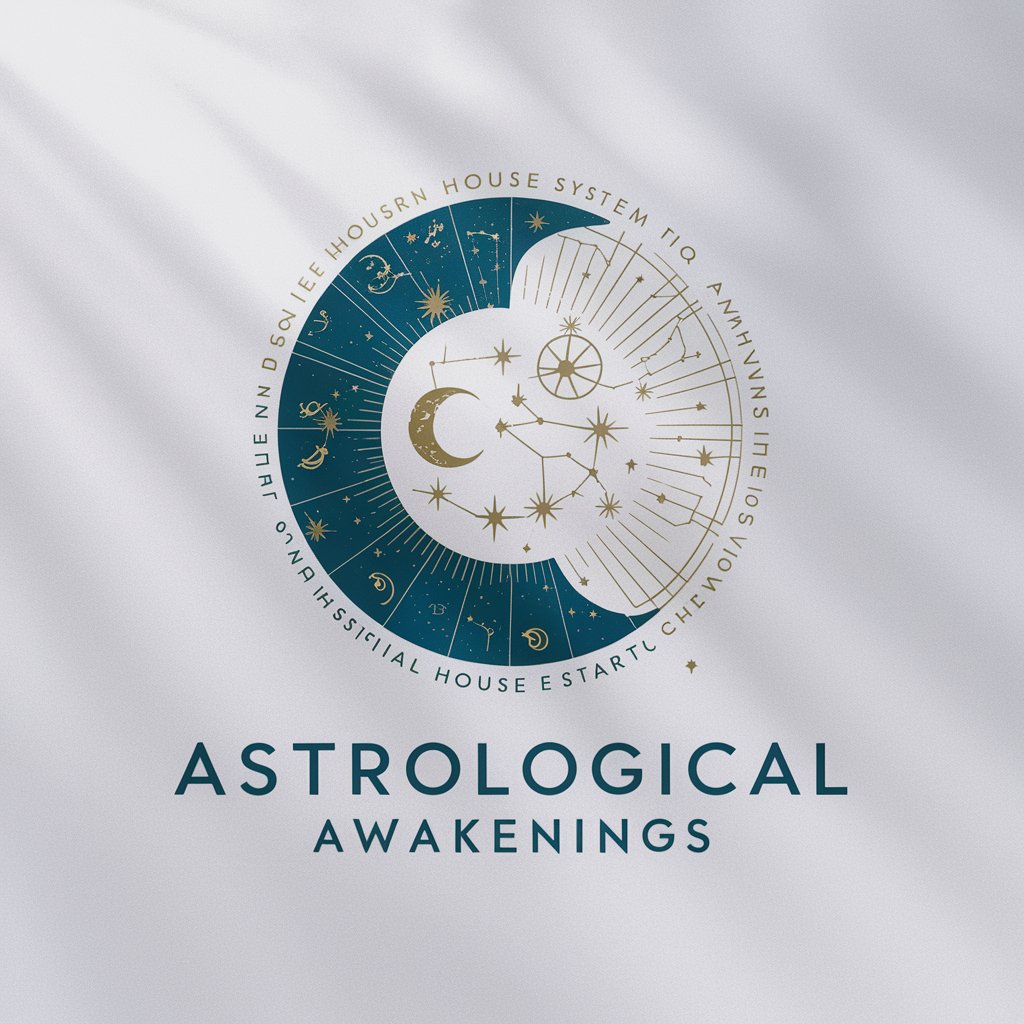
Flip's Guide to Rome
Explore Rome with AI-Powered Insights
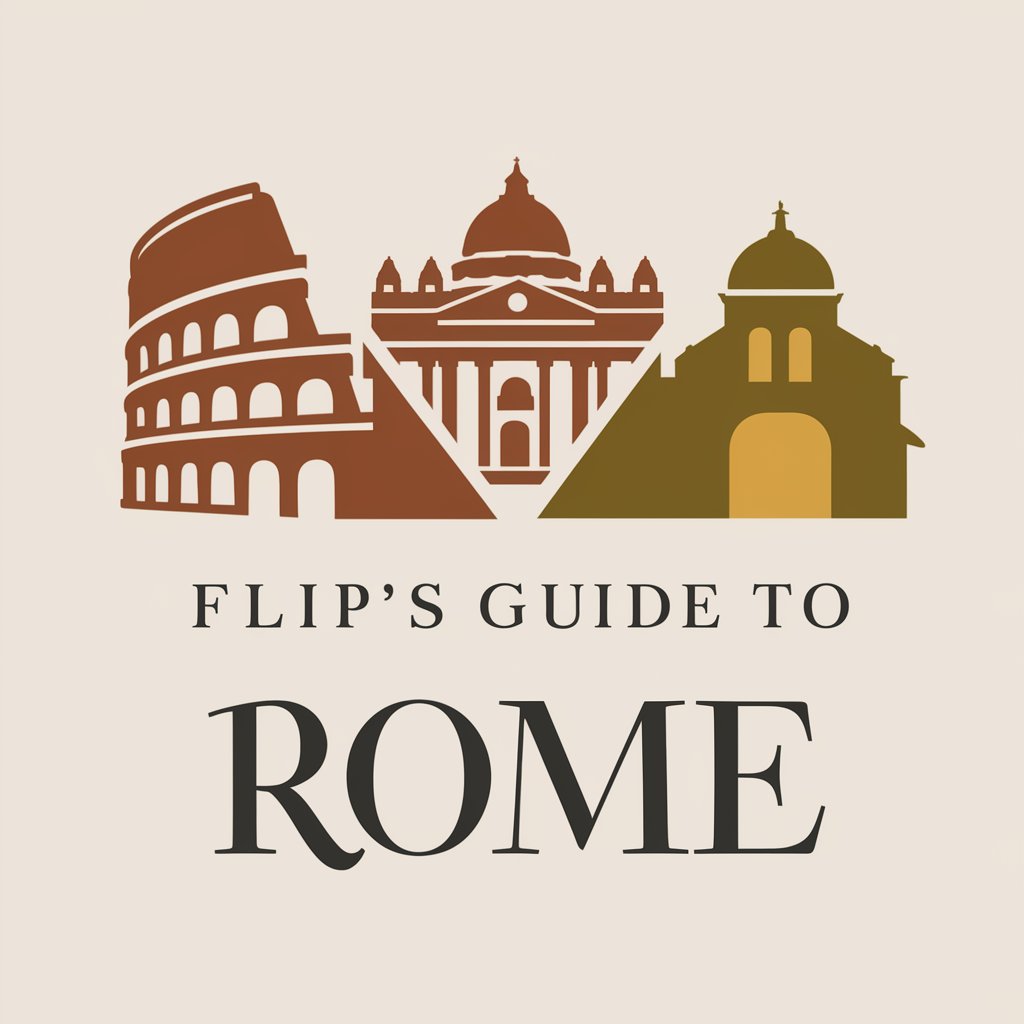
Frequently Asked Questions about Persistent Music Research with Enhanced OCR
What types of documents can I analyze with this tool?
You can analyze PDFs, Microsoft Word documents, images for OCR, MusicXML files for music notation, and audio files for musical pieces.
How does the OCR functionality support music research?
The OCR feature, particularly with German language support, is ideal for digitizing and analyzing historical music manuscripts and texts, enabling detailed study of Renaissance and Baroque music literature.
Can I play audio files directly in the tool?
Yes, you can upload and play audio files to examine musical pieces relevant to your research, enhancing your study with auditory analysis.
Is there support for non-English texts?
Yes, the tool includes OCR capabilities with a specific parameter for German ('deu'), making it suitable for analyzing historical documents in German.
How does MusicXML integration benefit users?
MusicXML integration allows for detailed notation and analysis of music scores, facilitating deep research into music composition, arrangement, and theory.
